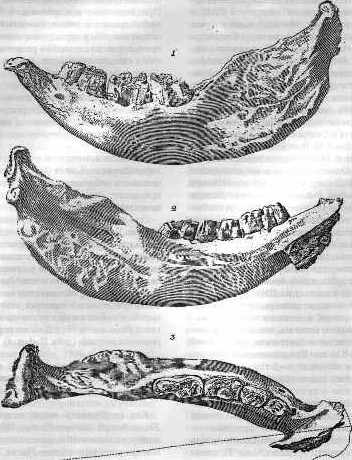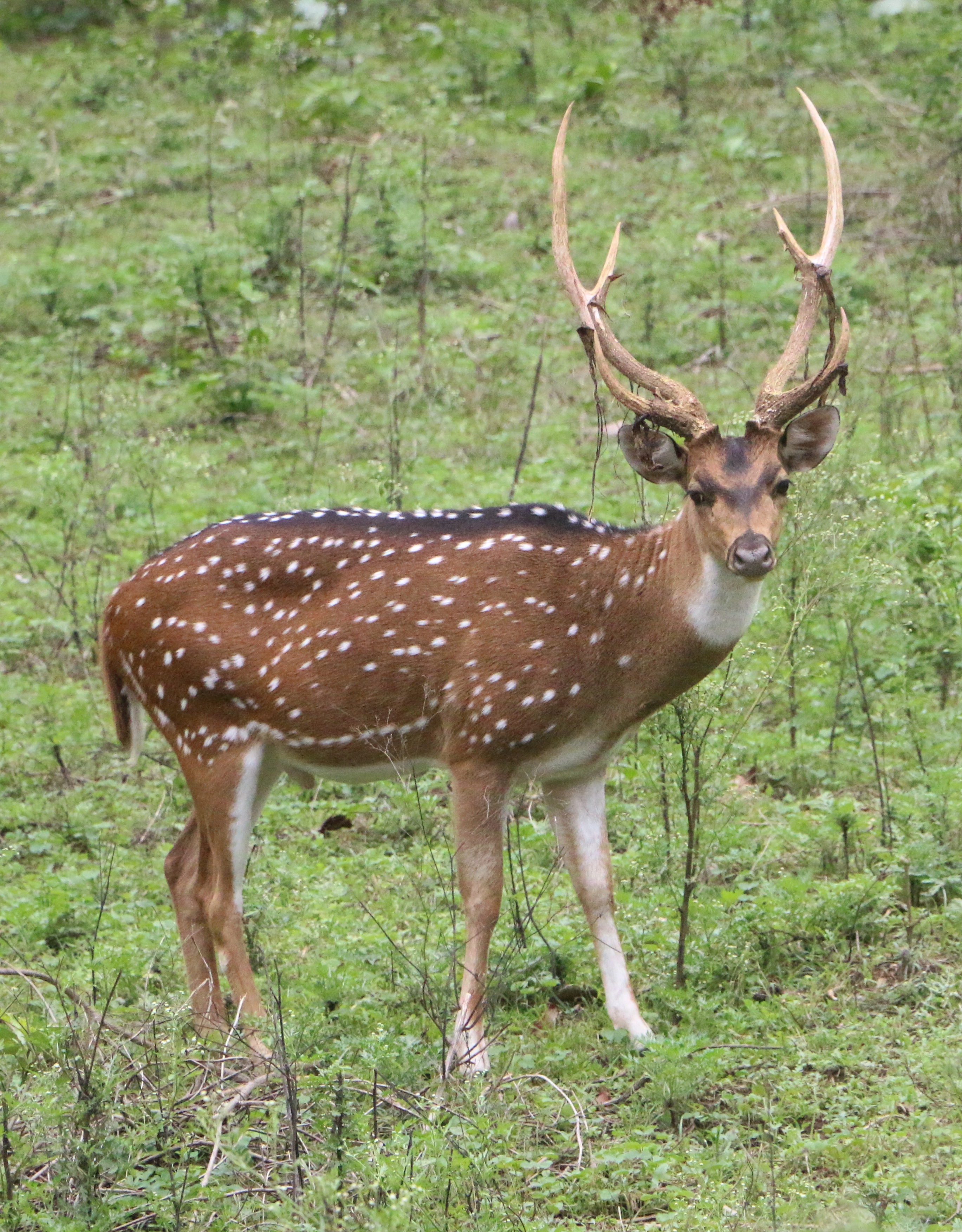|
Xihoudu
Xihoudu () is an archeological site located in the Shanxi Province of China. The site dates to the Paleolithic Age. In total 32 stone implements were found at the site. Discovery In 1929, Chinese prehistoric archaeologist and paleontologist Professor Pei Wenzhong discovered the skull fossil of the "Peking Man" 500,000 years ago at the Zhoukoudian site in Beijing. However, the Paleolithic archaeologist Wang Jian(王建) inferred that there must have been more primitive humans before the "Peking Man". This inference was affirmed by the paleoanthropologist Professor Jia Lanpo(贾兰坡). In order to prove their theoretical inference, Jia Lanpo, Wang Jian and others analyzed from the aspects of paleogeography and paleoclimate, and began to search for human remains in the Nihewan stratum. In 1959, archaeologists discovered the site on a terrace 170 meters above the river surface on the east bank of the Yellow River in Xihoudu Village, Ruicheng County. Three excavations were carried o ... [...More Info...] [...Related Items...] OR: [Wikipedia] [Google] [Baidu] |
Paleolithic China
This is a list of Paleolithic sites in China. They are sorted in chronological order from the earliest founding to the latest: List See also *History of China *List of Bronze Age sites in China *List of Neolithic cultures of China *List of inventions and discoveries of Neolithic China *Prehistoric Asia References {{DEFAULTSORT:Paleolithic sites in China Archaeology-related lists China China, officially the People's Republic of China (PRC), is a country in East Asia. It is the world's most populous country, with a population exceeding 1.4 billion, slightly ahead of India. China spans the equivalent of five time zones and ... Lists of tourist attractions in China ... [...More Info...] [...Related Items...] OR: [Wikipedia] [Google] [Baidu] |
Shanxi
Shanxi (; ; formerly romanised as Shansi) is a landlocked province of the People's Republic of China and is part of the North China region. The capital and largest city of the province is Taiyuan, while its next most populated prefecture-level cities are Changzhi and Datong. Its one-character abbreviation is "" (), after the state of Jin that existed there during the Spring and Autumn period. The name ''Shanxi'' means "West of the Mountains", a reference to the province's location west of the Taihang Mountains. Shanxi borders Hebei to the east, Henan to the south, Shaanxi to the west and Inner Mongolia to the north. Shanxi's terrain is characterised by a plateau bounded partly by mountain ranges. Shanxi's culture is largely dominated by the ethnic Han majority, who make up over 99% of its population. Jin Chinese is considered by some linguists to be a distinct language from Mandarin and its geographical range covers most of Shanxi. Both Jin and Mandarin are spoken in Shanx ... [...More Info...] [...Related Items...] OR: [Wikipedia] [Google] [Baidu] |
Ostrich
Ostriches are large flightless birds of the genus ''Struthio'' in the order Struthioniformes, part of the infra-class Palaeognathae, a diverse group of flightless birds also known as ratites that includes the emus, rheas, and kiwis. There are two living species of ostrich: the common ostrich, native to large areas of sub-Saharan Africa and the Somali ostrich, native to the Horn of Africa. The common ostrich was also historically native to the Arabian Peninsula, and ostriches were present across Asia as far east as Mongolia during the Late Pleistocene and possibly into the Holocene. They lay the largest eggs of any living land animal. With the ability to run at 70 km/h (43.5 mph), they are the fastest birds on land. They are farmed worldwide, particularly for their feathers as they are used as decoration and feather dusters. Their skin is also used for leather products. They are the heaviest living birds. Taxonomic history The genus ''Struthio'' was first described b ... [...More Info...] [...Related Items...] OR: [Wikipedia] [Google] [Baidu] |
Eucladoceros
''Eucladoceros'' (Greek for "well-branched antler") or bush-antlered deer is an extinct genus of deer whose fossils have been discovered in Europe, the Middle East and Central Asia. This genus was formally described by Hugh Falconer in 1868.Falconer, H. (1868)Notes on fossil species of ''Cervus'', including a description of a remarkable fossil antler of a large species of extinct ''Cervus'', ''C. (Eucladoceros) Sedgwickii'' in the collection of the Rev John Gunn, Irstead. In: C. Murchison (Ed.): ''Palaeontological Memoirs and Notes of Hugh Falconer, Vol. II. Mastodont, elephant, rhinoceros, ossiferous caves, primeval man and his contemporaries'': 471-480. Description ''Eucladoceros'' was a large deer, reaching in body length and standing about tall at the shoulder, only slightly smaller than a modern moose. It had a spectacular set of antlers which split into twelve tines per pedicle, and were up to wide. The most distinctive feature of ''Eucladoceros'' was its comb-like an ... [...More Info...] [...Related Items...] OR: [Wikipedia] [Google] [Baidu] |
Leptobos
''Leptobos'' is an extinct genus of large bovine, known from the Late Pliocene and Early Pleistocene of Eurasia, extending from the Iberian Peninsula to northern China. Species of ''Leptobos'' reached a weight up to 320 kg. ''Leptobos'' is considered to be closely related to the insular genus '' Epileptobos'' from the Pleistocene of Java'''', and is considered to be ancestral to ''Bison''. The dietary preference across the genus includes species that were browsers, grazers and mixed feeders (both browsing and grazing). The first appearance of ''Leptobos'' in Europe around 3.6-3.5 million years ago is considered to define the beginning of the Villafranchian Villafranchian age ( ) is a period of geologic time (3.5–1.0 Ma) spanning the Late Pliocene and Early Pleistocene used more specifically with European Land Mammal Ages. Named by Italian geologist Lorenzo Pareto for a sequence of terrestrial s ... European faunal stage. ''Leptobos'' became extinct after being replaced by ... [...More Info...] [...Related Items...] OR: [Wikipedia] [Google] [Baidu] |
Hippotherium
''Hippotherium'' is an extinct genus of horse that lived in during the Miocene through Pliocene ~13.65—3.3 Mya, existing for . Species The type species, ''H. primigenius'', is known from Miocene deposits in Europe and the Middle East, while the species ''H. koenigswaldi'' and ''H. catalaunicum'' have been found in Miocene deposits in Spain. The Asian hipparionin ''"Hipparion" weihoense'' from early Late Miocene deposits in northern China has also been referred to the genus.Raymond L. Bernor; Shiqi Wang; Yan Liu; Yu Chen; Boyang Sun (2018). "Shanxihippus dermatorhinus comb. nov. with comparisons to old world hipparions with specialized nasal apparati". Rivista Italiana di Paleontologia e Stratigrafia. 124 (2): 361–386. doi:10.13130/2039-4942/10202. Fossil distribution *Doue-la-Fontaine France estimated age: ~13.65—7.25 Mya. *Lower Bakhtiari Formation, northern Iraq, estimated age: ~11.6—9.0 Mya. *Kurtchuk-Tchekmedje, Turkey Turkey ( tr, Türkiye ), off ... [...More Info...] [...Related Items...] OR: [Wikipedia] [Google] [Baidu] |
Elasmotherium
''Elasmotherium'' is an extinct genus of large rhinoceros endemic to Eurasia during Late Miocene through the Pleistocene, existing at least as late as 39,000 years ago in the Late Pleistocene. A more recent date of 26,000 BP is considered less reliable. It was the last surviving member of Elasmotheriinae, a distinctive group of rhinoceroses separate from the group that contains living rhinoceros (Rhinocerotinae). The two groups are estimated to have split at least 35 million years ago according to fossils and molecular evidence. Five species are recognised. The genus first appeared in the Late Miocene in China, likely having evolved from ''Sinotherium'', before spreading to the Pontic–Caspian steppe, the Caucasus and Central Asia. The best known, ''E. sibiricum'', sometimes called the Siberian unicorn, was the size of a mammoth and is thought to have borne a large, thick horn on its forehead (though see below). Like all rhinoceroses, elasmotheres were herbivorous. Unlik ... [...More Info...] [...Related Items...] OR: [Wikipedia] [Google] [Baidu] |
Axis (genus)
''Axis'' is a genus of deer occurring in South and Southeast Asia. As presently defined by most authorities, four species are placed in the genus. Three of the four species are called hog deer. The genus name is a word mentioned in Pliny the Elder's Natural History. Species Following the third edition of ''Mammal Species of the World'' from 2005, which is also followed by the American Society of Mammalogists The American Society of Mammalogists (ASM) was founded in 1919. Its primary purpose is to encourage the study of mammals, and professions studying them. There are over 4,500 members of this society, and they are primarily professional scientists ..., four species are placed in ''Axis''. These four species are divided into two subgenera; ''Axis'' containing the chital, and ''Hyelaphus'' containing the 3 others. References {{Taxonbar, from=Q783065 Axis Cervines Mammal genera Taxa named by Charles Hamilton Smith ... [...More Info...] [...Related Items...] OR: [Wikipedia] [Google] [Baidu] |
Père David's Deer
The Père David's deer (''Elaphurus davidianus''), also known as the ''milu'' () or elaphure, is a species of deer native to the subtropical river valleys of China. It grazes mainly on grass and aquatic plants. It is the only extant member of the genus ''Elaphurus''. Some experts suggest demoting ''Elaphurus'' to a subgenus of ''Cervus''. Based on genetic comparisons, Père David's deer is closely related to Eld's deer. Père David's deer were hunted almost to extinction in their native China by the late 19th century, but a number were taken to zoos in France and Germany and the deer was bred successfully in captivity. In the early 20th century, the British nobleman and politician Herbrand Russell, 11th Duke of Bedford, acquired a few Père David's deer from the Berlin Zoo and built up a large herd on his estate at Woburn Abbey. In the 1980s, the duke's great-grandson Robin Russell, 14th Duke of Bedford, donated several dozen deer to the Chinese government for reintroducing t ... [...More Info...] [...Related Items...] OR: [Wikipedia] [Google] [Baidu] |
Rabbit
Rabbits, also known as bunnies or bunny rabbits, are small mammals in the family Leporidae (which also contains the hares) of the order Lagomorpha (which also contains the pikas). ''Oryctolagus cuniculus'' includes the European rabbit species and its descendants, the world's 305 breeds of domestic rabbit. ''Sylvilagus'' includes 13 wild rabbit species, among them the seven types of cottontail. The European rabbit, which has been introduced on every continent except Antarctica, is familiar throughout the world as a wild prey animal and as a domesticated form of livestock and pet. With its widespread effect on ecologies and cultures, the rabbit is, in many areas of the world, a part of daily life—as food, clothing, a companion, and a source of artistic inspiration. Although once considered rodents, lagomorphs like rabbits have been discovered to have diverged separately and earlier than their rodent cousins and have a number of traits rodents lack, like two extra incis ... [...More Info...] [...Related Items...] OR: [Wikipedia] [Google] [Baidu] |
Hedgehog
A hedgehog is a spiny mammal of the subfamily Erinaceinae, in the eulipotyphlan family Erinaceidae. There are seventeen species of hedgehog in five genera found throughout parts of Europe, Asia, and Africa, and in New Zealand by introduction. There are no hedgehogs native to Australia and no living species native to the Americas. However, the extinct genus ''Amphechinus'' was once present in North America. Hedgehogs share distant ancestry with shrews (family Soricidae), with gymnures possibly being the intermediate link, and they have changed little over the last fifteen million years. Like many of the first mammals, they have adapted to a nocturnal way of life. Their spiny protection resembles that of porcupines, which are rodents, and echidnas, a type of monotreme. Etymology The name ''hedgehog'' came into use around the year 1450, derived from the Middle English ''heyghoge'', from ''heyg'', ''hegge'' ("hedge"), because it frequents hedgerows, and ''hoge'', ''hogge'' ... [...More Info...] [...Related Items...] OR: [Wikipedia] [Google] [Baidu] |







_by_DaijuAzuma.jpg)
.jpg)
